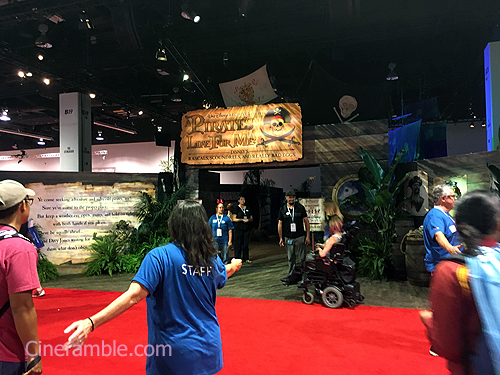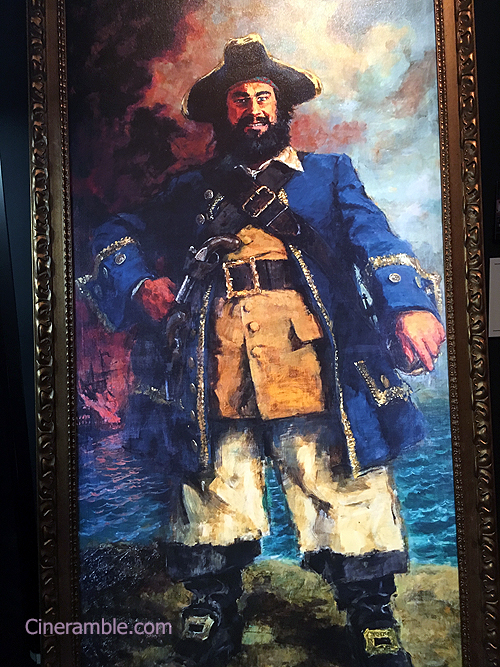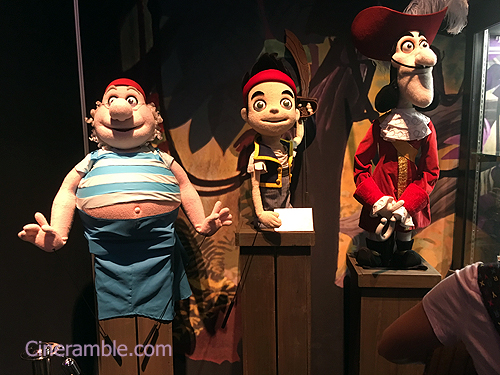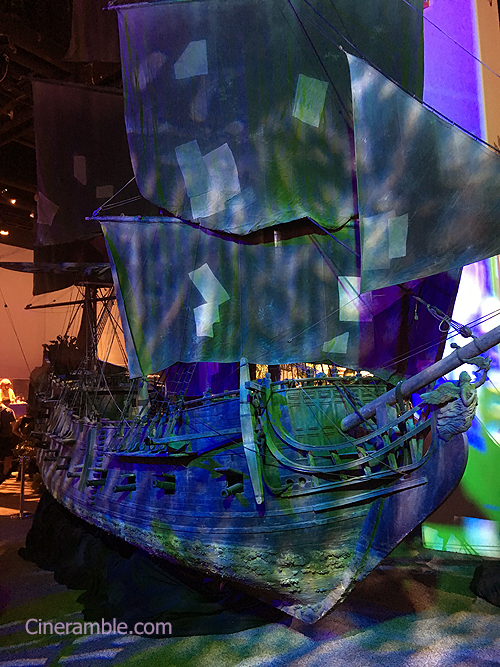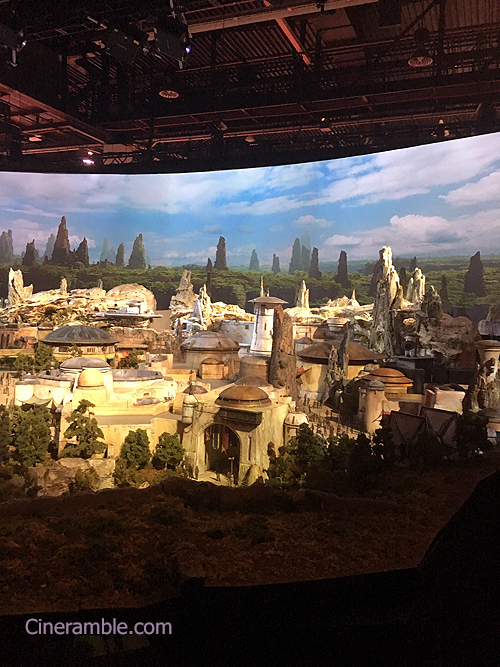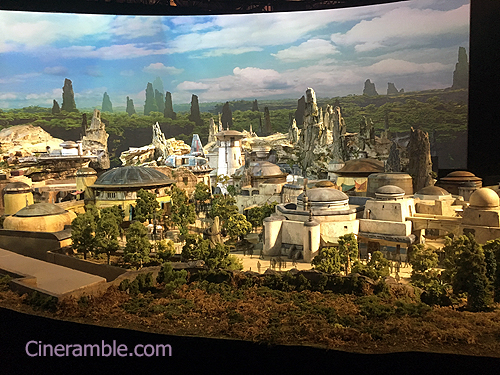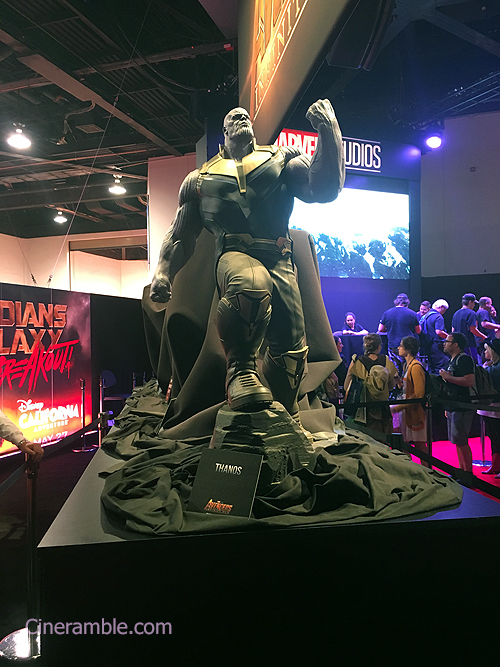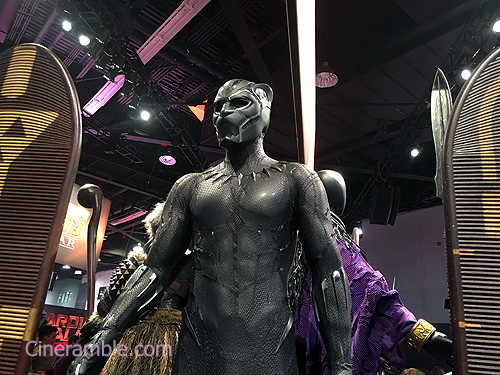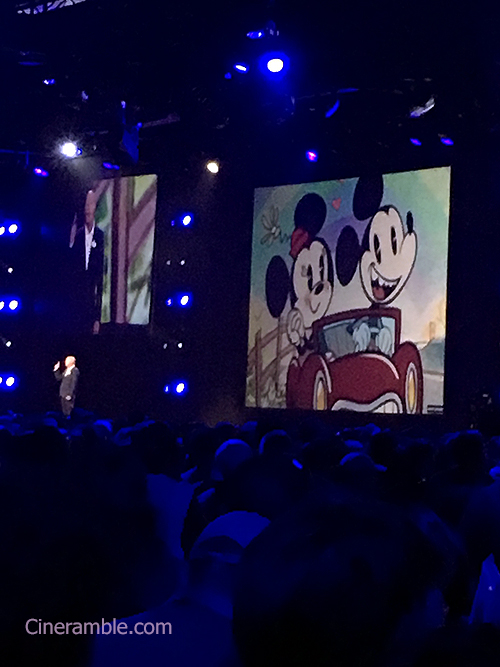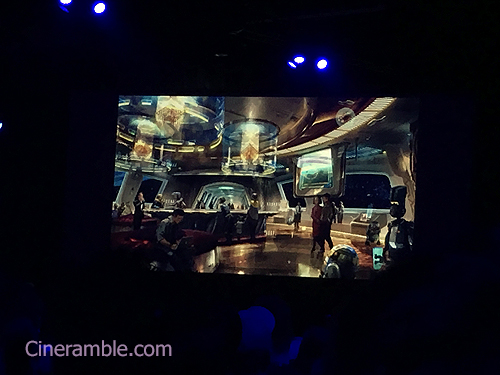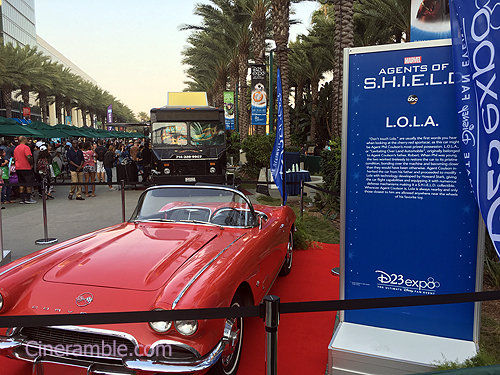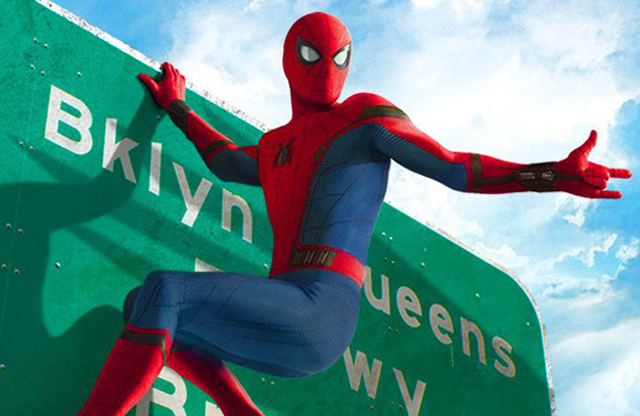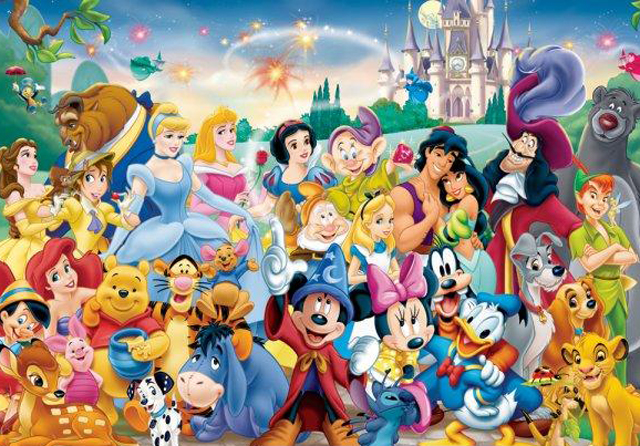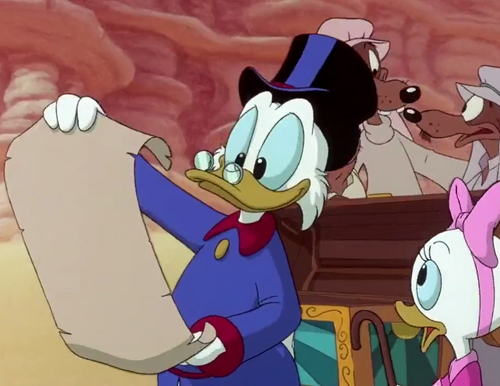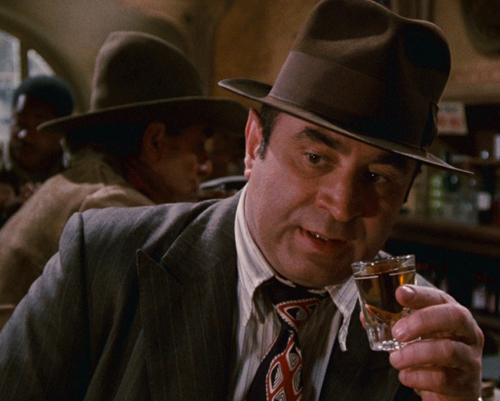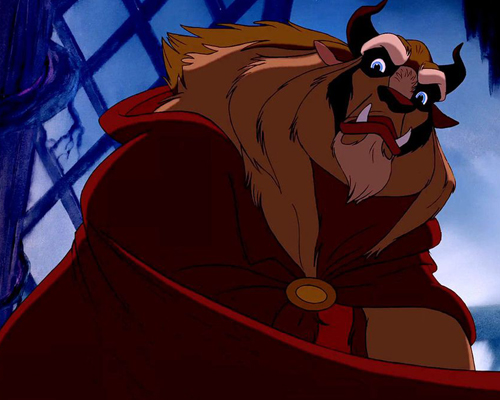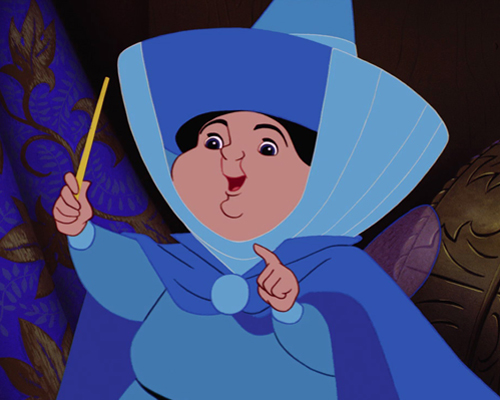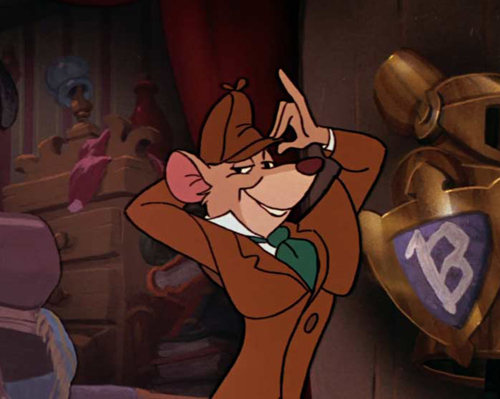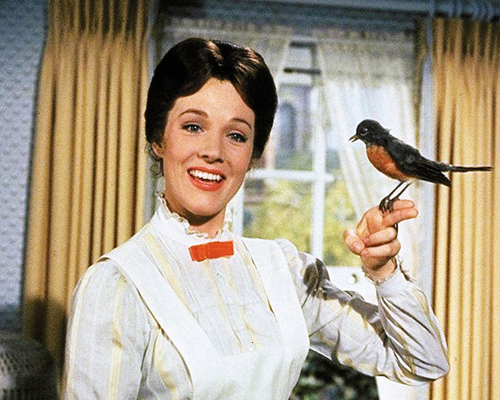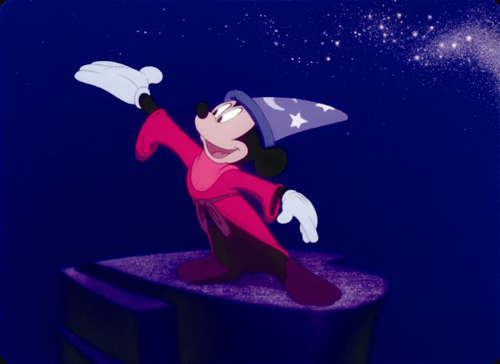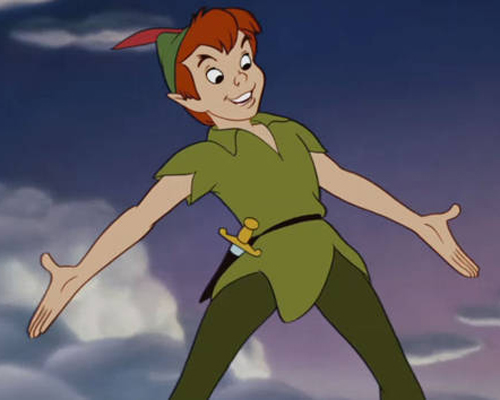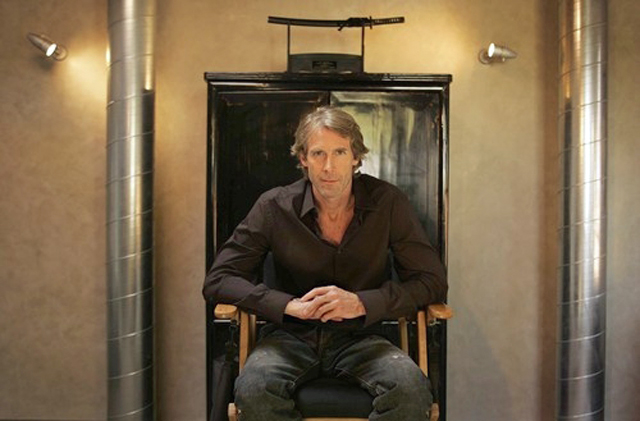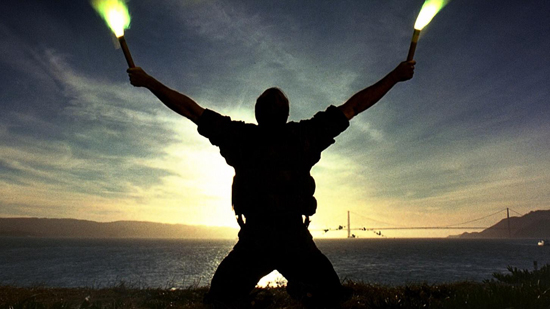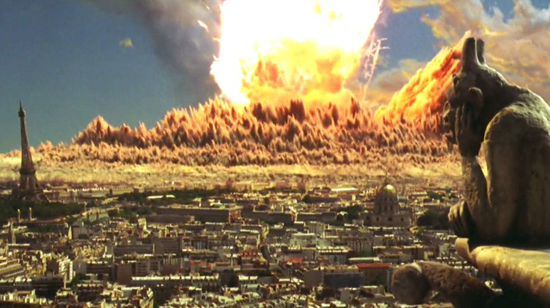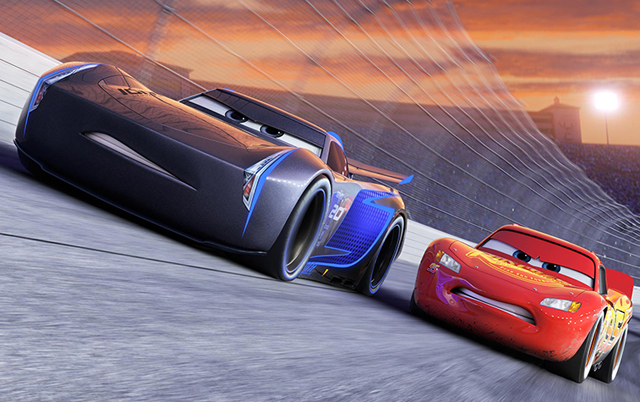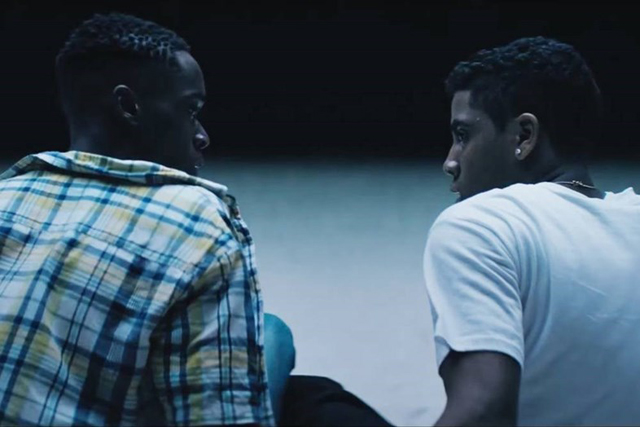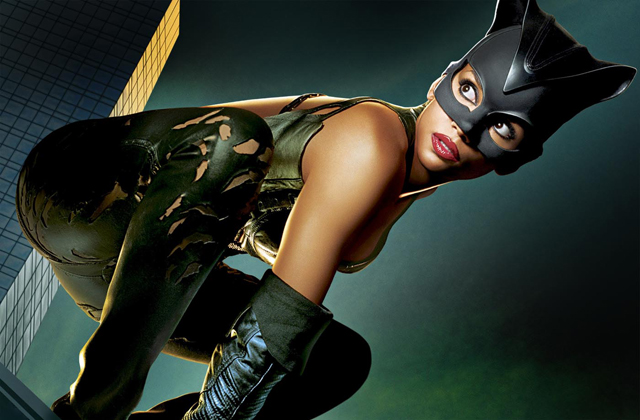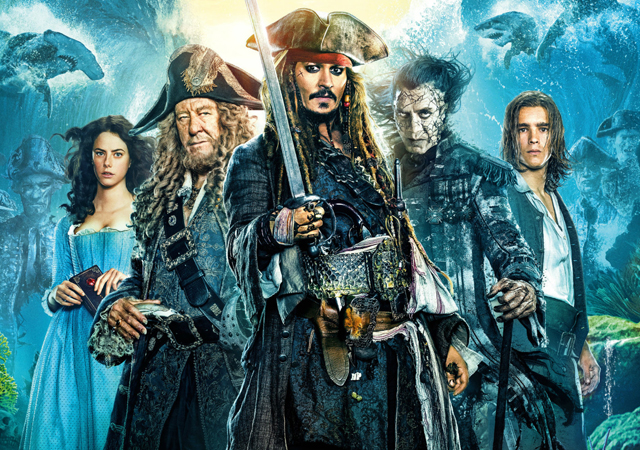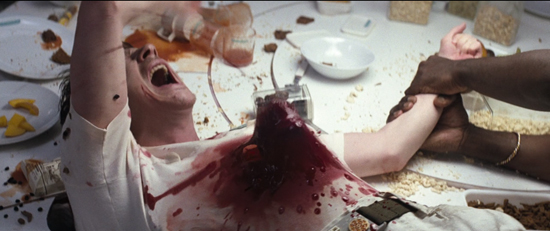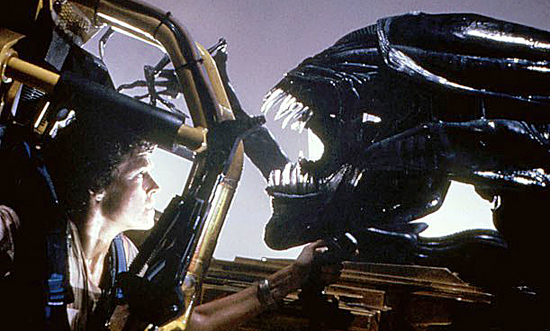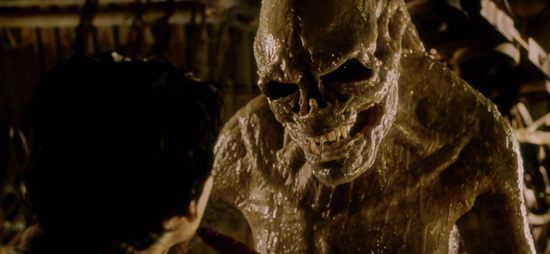
There are few directors out there that has accomplished in such a short time what Christopher Nolan has. Plucked out of the world of independent film-making with his bold artistic statement called Memento (2000), and nurtured through a stint within DC Comics and the Batman franchise, he has now become one of the industry’s most esteemed talents, and a filmmaker to be envied. With epic scale films like Inception (2010), the Dark Knight trilogy, and Interstellar (2014) making up his body of work, his name has now become synonymous with spectacle, something that few other filmmakers can attest to. Even big name directors Spielberg and Scorsese will occasionally take a break and work on something minor in between their big tent-poles. But for Chris Nolan, he continually sets his bar high, and it’s a sign of just how great a director that he is that he continually clears the high expectations that we have of him. Not everyone will agree that he succeeds all the time, but no one can doubt that such an ambitious style is nothing but a good thing for everyone. Not only that, but he’s also a passionate champion for the medium of film itself. He still shoots on physical film stock, has been critical in the past of the industry’s move towards an all digital market, and specifically makes movies that you can only get the full experience of by watching on the big screen. What really fascinates me about Nolan as a filmmaker is that he takes that same passion and bold vision, and works it into many various types of genres of film. With Batman, we saw how his style could work within the super hero genre; with Inception, we saw him play around with heist movies and cerebral thrillers; and with Interstellar, we saw him work with the high concepts of space travel. With his new film, we now see Nolan’s style and eye for spectacle brought into something that he surprisingly had yet to tackled up to now; the historical war film.
Dunkirk is a really interesting choice of subject for Nolan to work with, especially after some of the more out of this world projects he’s worked on in the past. Here, Nolan is working with a real historical event, and one which you would’t expect much could be mined from for a grand spectacle. The movie recounts the harrowing retreat of British soldiers and French civilians from the coastal town of Dunkirk, France in the summer of 1940. After a disastrous military miscalculation by the British army, 450,000 soldiers found themselves completely surrounded by advancing German forces. The soldiers had no choice but to retreat, but they unfortunately were pushed back to the sea, and the British navy was unable to send any vessels out to bring their soldiers safely home, fearing that German U-boats would completely wipe them out on the way there. Miraculously, brave British civilians crossed the narrow sea passage with their own private boats and managed to save nearly all the remaining soldiers who were left stranded. It is considered to this day one of the greatest moments in wartime solidarity and a point of pride for the British people. It is also considered one of the turning points in the war, because by preventing the slaughter of such a major chunk of their military force, and preserving their very much needed naval battleships, the British military opened the way to the allied invasion later on. It’s a story deserving of a cinematic treatment, but it’s interesting that this is the one that caught the eye of a filmmaker like Nolan. It’s somewhat unusual for him, considering that most of his movies are driven by triumph in the extraordinary, while Dunkirk is all about dread in desperation. Still, it’s a story that Nolan clearly wants to tell, and it’s interesting to see how his style fits with this story.
The events of Dunkirk are set up with little exposition and almost with no time allowed to collect your bearings as a viewer. Christopher Nolan immediately plants us right into the action, with a group of British infantrymen escaping gunfire in the abandoned streets of the titular town. The group is gunned down except for a lone soldier named Tommy (Fionn Whitehead), who makes it all the way to the beach. There he finds the other half a million soldiers waiting their turn to leave for home, and all he can think about is how can he get to the front of the line. From there, the film splinters into three separate stories from different vantage points in the conflict; on land, sea, and air. On the land, we follow Tommy and his different attempts to find a quick route home, which brings him together with two other desperate soldiers looking for help; the silent Gibson (Aneurin Barnard) and the temperamental Alex (Harry Styles). On sea, we are introduced to Mr. Dawson (Mark Rylance), a civilian who takes his own private vessel out to sea in the hopes of saving the stranded soldiers, accompanied by his son Peter (Tom Glynn-Carney) and a young man named George (Barry Keoghan), who only wants to help out. Along the way, they meet a shell-shocked soldier (Cillian Murphy), the only survivor of a sunken rescue ship, who may jeopardize the success of their crucial mission. And in the air, we follow two RAF pilots, Farrier and Collins (Tom Hardy and Jack Lowden) as they risk precious time and fuel in order to take out every last German plane that’s trying to sink the rescue fleet out at sea. All the while, the commanding naval officer Commander Bolton (Kenneth Branagh) and his army counterpart, Colonel Winnant (James D’Arcy) do what they can to keep the hopes of their soldiers up as the world seems about to collapse on them. It’s a race against time as we see all three stories come together in an explosive way.
The bar for Christopher Nolan as a director is exceptionally high, since he’s not only responsible for some of the best and most successful films of the last decade, but his movies may also be some of the best that’s ever been made. So, you can imagine that a lot is expected of his work here on Dunkirk. Well, I can tell you that he not only meets those high expectations with his new film, he completely obliterates them. Dunkirk is an absolute masterpiece, and one of the most cinematically impressive films that I have seen in a long time. Where to begin with this one. I don’t think that you will ever see a war epic that puts you into the thick of battle quite as well as this one did. Imagine the opening scene from Steven Spielberg’s Saving Private Ryan (1998), only stretched out to feature length, and that’s essentially what Dunkirk is. The entire movie is a masterwork of editing and of ratcheting up tension. From the opening onward, you feel every twist and turn of the battle, and become completely absorbed into what is going on. It can be confusing to some, as little time is allowed to collect your bearings into the story, but I quickly went along with it because I could see that Nolan wanted to tell his version of the story in a different way. Dunkirk is a film experience and not a film story. I would bet you that his script was actually nothing more than an outline for what he wanted to shoot. The amazing thing is that there is very little discernible dialogue in the movie, often incidental, as most scenes are played out with nothing but sound and music, both exceptional on their own. Only in the scenes on Mr. Dawson’s boat do we get any semblance of plot and character development, and even that is kept to a minimum. We never know much more about these characters than what they are going through at the moment, and it’s still just enough to be riveting. This is a directorial exercise on Christopher Nolan’s part to make his audience feel like they are a part of the dread of this experience and in that regard, he has triumphed with this goal.
One thing that Christopher Nolan shows us with this movie is that not every epic movie has to have an epic length to it. The movie runs at a very brisk 107 minutes, making it the shortest film in his entire filmography. And yet, even at that short length, it feels as massive in scale and scope as the likes of Saving Private Ryan, Titanic (1997), Apocalypse Now (1979) and many more epic films of this kind. And all those movies needed a minimum of 2.5 hours to tell their epic tales. Nolan succeeds with Dunkirk by not spoiling the recipe for his masterpiece with too many ingredients. There’s not a scene in this movie that feels like it doesn’t need to be there, and nothing feels missing either. It’s exactly as long as it needs to be. I was perfectly okay with not knowing who any of these characters were, because it didn’t matter in the end. The movie is not about who they are, or how they feel, because in the thick of war, all that becomes a moot in the grand scheme. Everyone in this movie has one goal, and that’s to get home safe. Whatever characters we latch onto is solely dictated by where Christopher Nolan wants to point our focus to next. Every scene is another vignette into all the different stories that went on during that event. What we end up with in this film is a window into what it was like to be there in those harrowing few days; seen through the perspective of some key eyewitnesses. I like the fact that Nolan doesn’t single one out as a main character, instead making the film an ensemble effort. Fionn Whitehead’s Tommy might be the one standout, since he’s the first important character we meet and he carries the bulk of the film’s screen-time. He also features on most of the film’s advertisements, and though he’s quite good in the movie, don’t mistake it as it being all about him. It’s a film about heroism in solidarity from a multitude of people and in the end that’s where Chris Nolan finds his narrative.
The movie is also an amazing showcase for film craft. We’ve seen the wonders that Nolan can do with large format cinematography, and in Dunkirk, he outdoes himself. This is one of the most visually stunning films I have ever seen. Keep in mind, I watched the movie the way it was intended to be seen, and that’s in 70mm IMAX. Christopher Nolan has made it his mission to keep physical film stock alive in our digital age, and that’s why he has this long standing relationship with IMAX. Every film he has made from The Dark Knight (2008) on has been film for the IMAX format; with each progressive film featuring more and more scenes shot with IMAX cameras. At this point, Nolan has crossed the threshold and has now made a movie where the majority of the scenes were shot in 70mm. Only a handful of scenes shot on the boat were filmed using regular 35mm film stock, probably due to logistical restraints. But, the particular emphasis on large format film-making makes the film feel massive and overwhelming. Cinematographer Hoyte Van Hoytema, who previously worked with Nolan on Interstellar, captures some exquisite imagery here with the deep focus of the IMAX lenses. From the wide panoramas of soldiers lining up on the beaches of Dunkirk, to the empty expanse of open water, to the sometimes haunting scenes of mass destruction, everything in this movie is eye-catching and unforgettable. The aerial battles themselves are wonders of execution, given how dynamic they are with the kind of cameras used to film them. I found myself in awe for most of this movie. I was sitting fairly close to the screen, and in the end it was worth being so close, because the movie just envelopes you. I also want to spotlight Hans Zimmer’s exceptional score for the movie. It’s heartbeat pulse rhythm is unrelenting and perfectly orchestrates the rising tension of the movie, never stopping until almost at the very end. His longtime collaboration with Christopher Nolan has led to some truly memorable music, and with Dunkirk, he once again shows his absolute value in making these movies memorable.
For Dunkirk, the challenge will be seeing how it will stand up over time as both a work of it’s director and as an example of it’s genre. My worry is that Nolan may have limited himself by his own passion for large format film-making, and created a movie that will end up being diminished if viewed in the wrong way. While I commend his loyalty to film stock and large formats, he may have also made a movie that can’t live outside of this form either. I worry that when I revisit the film again eventually on home video, that it won’t have the same visceral impact that it had on my first viewing. It’s a big movie and deserves the biggest of presentations to go with it. Some people who miss out on the film in the theater might not see what the big deal is once they watch it on television. Now, my hope is that it won’t be the case, and that all the other strong points about the movie, like it’s breakneck pace and unconventional storytelling, will still be riveting to audiences no matter what format they watch it on. For me, what made me love the film is just the instinctual sense of knowing where to put his camera that Christopher Nolan is renowned for. There is a sequence late in the film of a sinking ship that is so well shot from different angles that it transcends conventional film-making. One shot in particular is mounted high above the deck of the ship and is fixed in place as the entire thing tips over. As a result, the angle of framing is tilted to an extreme where it gives you the sense that you are sinking with the ship itself, and makes you feel the same dread that the characters are feeling too. Overall, it’s that sense of immersion that sets Nolan’s film apart, both in the visuals and in the narrative, and it makes his vision so integral to the telling of this story. My hope is that other viewers will see that as well and help this movie live well beyond the limitations of it’s exclusive presentation format.
Suffice to say, if Dunkirk doesn’t top my end of the year list of favorite movies, it will almost certainly be near the top. It is already the crown jewel of a surprisingly strong summer, and as of now, the best movie I have seen so far this year. I hesitate to anoint it as a likely winner, because there are still so many promising features on the horizon, but Christopher Nolan has clearly set the bar high yet again. I would also say that it stands as one of the best directorial achievements of his already stellar career, which is saying something. I still hold Inception up as my absolute favorite, but again, time will tell how well Dunkirk holds up over time. Needless to say, I am so pleased to see the marriage of his eye for spectacle combined with a harrowing true life story that needed this kind of treatment. The story of Dunkirk is one of survival, and when gazed through the vision of Nolan’s cinematic style, the odds feel incredibly more powerful. I also like the fact that he reserved his own indulgences, and made sure to not spoil the movie with superfluous scenes that didn’t need to be in there. It may bother some audiences who want a little more context to what they are watching, especially when it comes to the characters, but I didn’t mind the minimalist approach to plot and characters at all. In a way, I like the fact that the characters are little more than our eyes into the event, because it allows us to implant more of ourselves into what’s going on. In the end, it’s not the actors, nor the cinematography, nor the direction that makes Dunkirk exceptional. It’s the event itself that becomes the draw, and seeing a great historical moment play out in front of us. All those other elements are there to elevate what history has already created, and make it feel larger than life. It’s fortunate that Nolan chose to use his talents to tell this story, because it’s a story about humanity, and how big things can happen when we all work together. Through Nolan’s exceptional sense of scale, we see that play out in the most harrowing way possible. That’s why Dunkirk may not only be one of the best movies of the year, or one of the best war epics ever made; but could very well be one of the best movies ever, period. Keep setting that bar higher, Mr. Nolan.
Rating: 9.5/10




